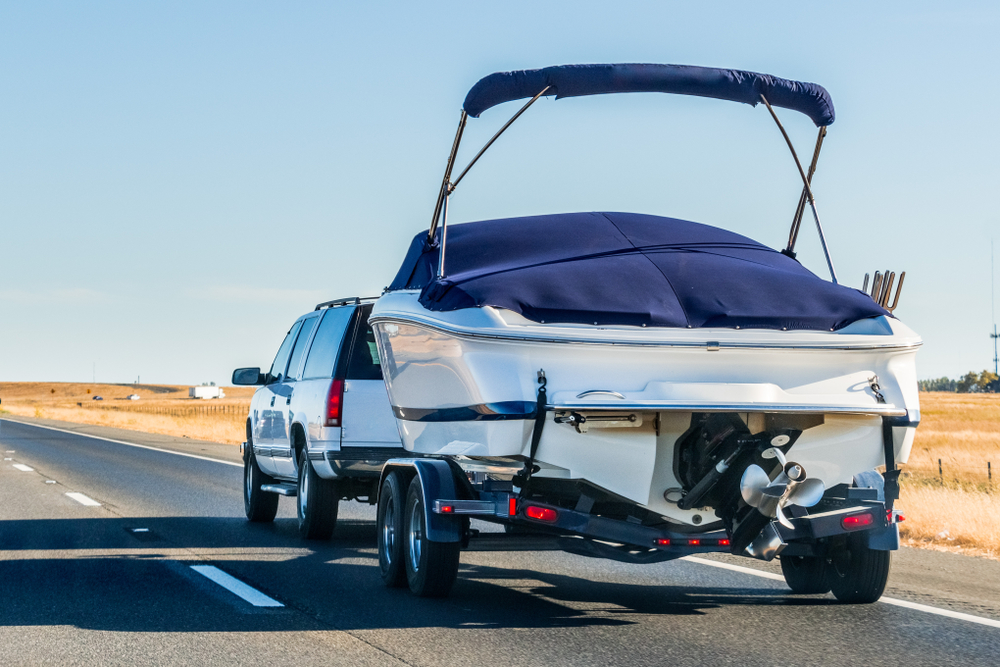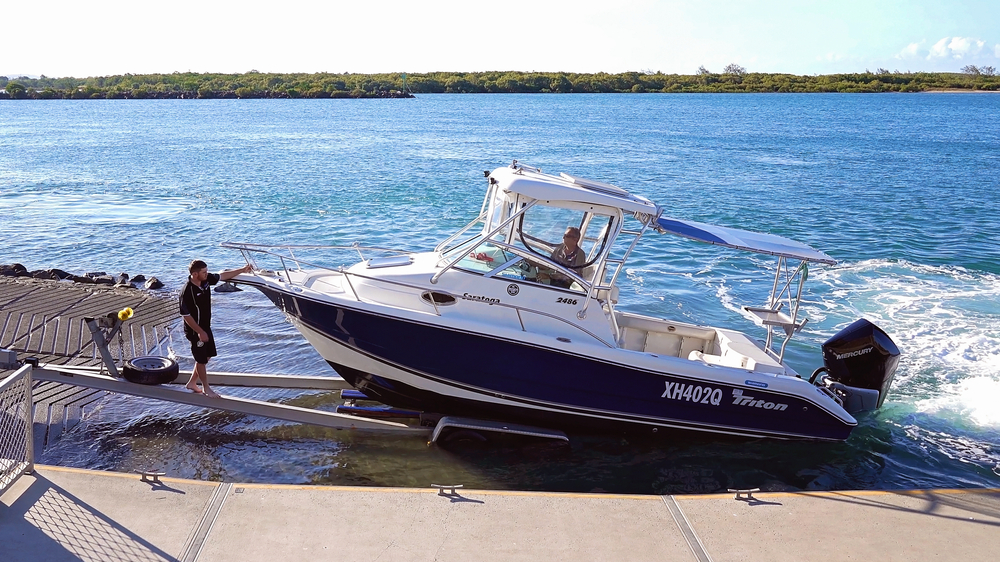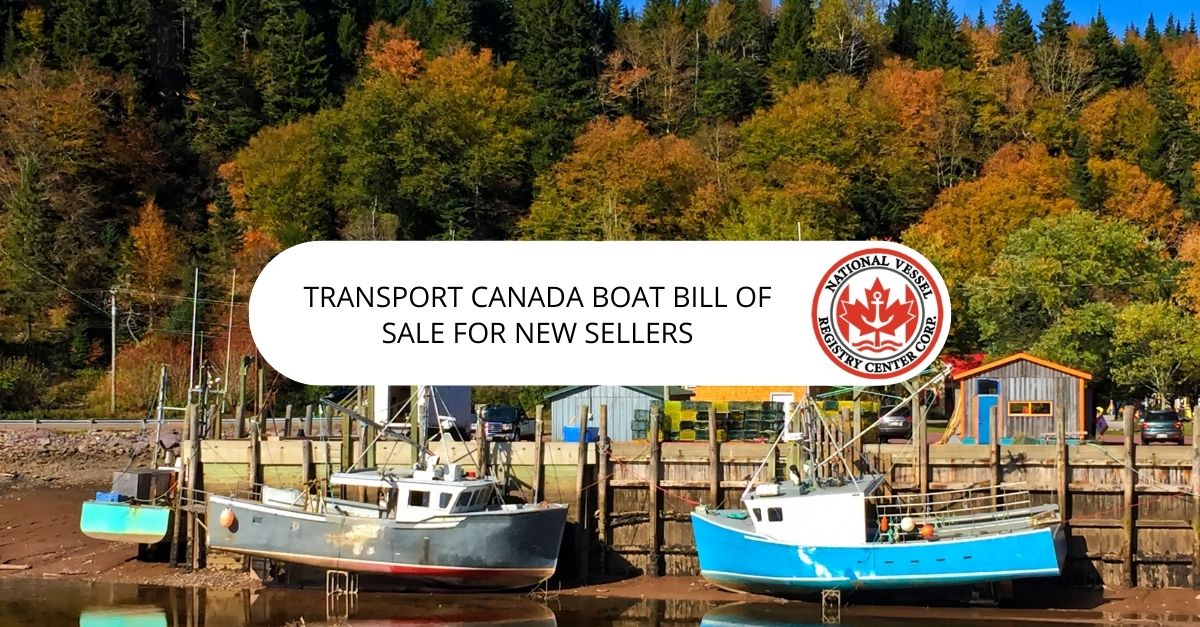A bill of sale for boat and trailer is a vital document for ensuring a hassle-free transfer of ownership when buying or selling a watercraft and its accompanying trailer. Not only does it act as proof of sale, but it’s also an essential component for future registrations or other legal processes.

Whether you’re a buyer or seller, having a complete and accurate bill of sale simplifies the process and protects both parties. If you’re preparing one, make sure it’s thorough and includes all the necessary details. To get started, you can complete your bill of sale through our accessible online forms.
Essential Details to Include in the Bill of Sale
For the bill of sale to be effective and legally binding, it must capture specific details. Below is a breakdown of the core information that should be present:
- Buyer and Seller Information: Full names, addresses, contact numbers, and other identifying details of both parties.
- Transaction Date: The date the sale is finalized.
- Boat Details: Include the make, model, year, and Hull Identification Number (HIN), along with any unique features or equipment.
- Trailer Details: Provide similar specifications for the trailer, such as its make, model, and serial number.
- Purchase Price: Clearly outline the sale price, including any additional terms related to payment.
- Signatures: Both the buyer and seller need to sign the document to validate it.
Validating your sale with the proper paperwork also aligns with Canadian maritime laws.
Additional Essential Considerations for the Bill of Sale for Boat and Trailer
For clarity and legal accuracy, include:
- Contact Information: Include the full names, addresses, and contact details (such as phone numbers and email addresses) of both the buyer and the seller. This allows for easy communication and establishes clear identities for both parties involved.
- Sales Agreement Terms: Specify any additional terms agreed upon during the sale. For example, note whether the sale is “as-is” or if the seller provides any warranties or guarantees. If the boat or trailer is sold “as-is,” make sure this is clearly stated to protect both the buyer and the seller.
- Deposit and Payment Details: If a deposit has been made, mention the amount paid and the date it was received. Clearly outline the remaining balance, the agreed payment method (cash, check, bank transfer, etc.), and the due date. If there is a payment plan, include details about the installments and relevant deadlines.
- Condition of the Boat and Trailer: Provide a description of the current condition of the boat and trailer. This may include any known damages, repairs made, or ongoing maintenance requirements. A detailed condition report can serve as a reference in case of future disputes.
- Transfer of Ownership: Highlight the steps required to transfer ownership of the boat and trailer after the transaction. This may involve submitting specific forms or documentation to the appropriate local or state authorities, such as the Department of Motor Vehicles (DMV) or relevant maritime agency.
- Notarization (if required): Some jurisdictions require a Bill of Sale to be notarized for it to be legally binding. If this applies, arrange for a licensed notary to witness the signing of the document by both parties.
Simplified Online Forms for Your Convenience
Instead of starting a bill of sale template from scratch, why not make it easy on yourself? Our online forms are tailor-made to provide you with the structured layout required by Transport Canada.
They include fields for all the essential data, helping both buyers and sellers finalize their transactions without additional stress. Plus, once completed, the form can serve as part of the necessary paperwork for subsequent registrations or applications.

Steps After Completing the Bill of Sale
Once the bill of sale has been signed, it doesn’t represent the end of the transaction. Additional steps are often required to ensure the transfer of ownership is fully acknowledged by Transport Canada. Here’s what happens next:
- Registering the Boat and Trailer: Buyers typically need to use the bill of sale when registering their watercraft and, occasionally, the trailer as well. Registration ensures the vessel is legally recognized and fully documented.
- Applying for a Pleasure Craft Licence or Registration: If you intend to use your boat recreationally, you may need to apply for a pleasure craft licence. For commercial or larger vessels, obtaining registration under the Canadian Ship Registry might be necessary.
- Updating Records: Sellers should retain a copy of the signed bill of sale for their records to avoid any potential liability down the line.
Whether you need help completing the forms or understanding which steps follow your sale, we streamline the process to save you time and effort.
Common Questions About a Bill of Sale for Boat and Trailer
Can a Bill of Sale Be Used for Registration?
Yes, the bill of sale is a key document for many official processes like registration and licensing. It establishes proof of transfer, making it easier to update ownership details with Transport Canada.
How Do I Ensure a Bill of Sale Follows Canadian Laws?
A valid bill of sale should meet the requirements outlined in Canadian maritime laws. Use our secure, standardized forms to ensure your document adheres to the proper standards.
Is a Separate Bill of Sale Needed for the Trailer?
While not always required, having a separate bill of sale for the trailer can help avoid disputes or confusion. Our forms allow you to customize details for both the boat and the trailer as part of one easy-to-use document.
Can the Buyer Use the Bill of Sale for a Loan?
Yes. A valid bill of sale may be used to back loan applications or as proof of purchase when securing financing. Be sure the document is signed and complete to avoid issues.
What’s the Difference Between a Pleasure Craft Licence and Canadian Ship Registry?
A pleasure craft licence applies to boats used recreationally and ensures the boat has a unique identification number. The Canadian Ship Registry, on the other hand, is for commercial vessels or vessels over a certain tonnage, providing a higher level of documentation and allowing the vessel to bear the Canadian flag.
Simplify the Process to Write a Bill of Sale for Boat and Trailer
Organizing a bill of sale for a boat and trailer can seem overwhelming, but our online forms make the process straightforward. You enter the required details, complete the form, and have the essential documentation you need for ownership transfer or registration.
Prepare for your transaction today with our simple-to-use tools. By handling the paperwork correctly the first time around, you can save both time and potential headaches down the road. We can provide form solutions for this and much more.

